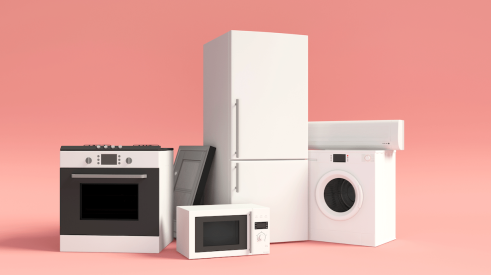Homes consume about 21 percent of the total energy in the U.S., and according to Lawrence Berkeley National Laboratory (LBNL), windows are responsible for consuming 25 to 30 percent of residential heating and cooling. That’s a lot of energy. The U.S. Department of Energy’s (DOE) Building America program recognizes that proper design and selection of energy-efficient windows takes into account energy performance, durability, aesthetics, and cost. That isn’t always easy—or transparent.
Windows are an important component of a home’s energy performance. They are also one of the more costly and multifaceted building products with a wide-range of options. Up-to-date information about window products, attributes, and performance is needed to reach the higher levels of overall energy efficiency targeted by our programs at DOE. Over the last 20 years, window technology and building codes have advanced to the point where low-e windows are commonplace and usually required. However, optimizing window technology and related design decisions is not well understood.
Building America developed a set of guidelines to address the issue of energy-efficient window design and selection for designers, builders, and homeowners based on many years of research, design, and field experience by our teams. It is entitled, “Measure Guideline: Energy-Efficient Window Performance and Selection,” by John Carmody and Kerry Haglund of the NorthernSTAR Building America team and can be accessed at: http://apps1.eere.energy.gov/buildings/publications/pdfs/building_america/measure_guide_windows.pdf.
Selecting and designing window space appropriately for high-performance homes entails proper consideration of performance—specifications (e.g., glazing type, spacers, gas fill, and frame type), design conditions (orientation, window area, architectural shading), and economic analysis (energy savings vs. incremental costs). Building America provides detailed guidance on how to address all of these issues comprehensively.
Finally, a great window isn’t a great window unless it’s properly installed. No matter how advanced the glazing and frame materials, the ultimate window performance also depends on the quality of its installation. Improper installation will contribute to air leakage, unnecessary heat loss, condensation, and water leakage. This may lead to diminished energy performance as well as deterioration of walls, insulation, and the window unit. Therefore, window installations must maintain critical air and water barriers and reduce heat loss and condensation. This window design and selection guide is only one of the results of the DOE Building America research-to-market program. This program produces hundreds of technical publications each year, providing up-to-date content on the latest building science techniques that can help builders achieve zero energy-ready homes. For more information, visit www.buildingamerica.gov. PB
As Chief Architect for the DOE’s Building Technologies Program, Sam’s primary role is to help deploy energy-efficiency research for new and existing homes, such as the Building America Solution Center (BASC), a new resource that makes the latest innovations and best practices accessible to residential new-construction stakeholders.
Advertisement
Related Stories
Energy Efficiency
New Heat Pump Takes a Sleek Approach to Home Climate Solutions
Startup Quilt is putting a fresh face on heat pumps to save homeowners money on their energy bills
Energy Efficiency
Green Upgrade Calculator Brings Clarity to Energy Efficiency
The tool can be used by home contractors, energy advisors, and decarbonization analysts
Energy Efficiency
New Bill Aims to Curb Energy-Efficiency Standards for Home Appliances
Passage of the act by the House would add hurdles to creating new appliance standards and also make it easier to revoke existing standards







